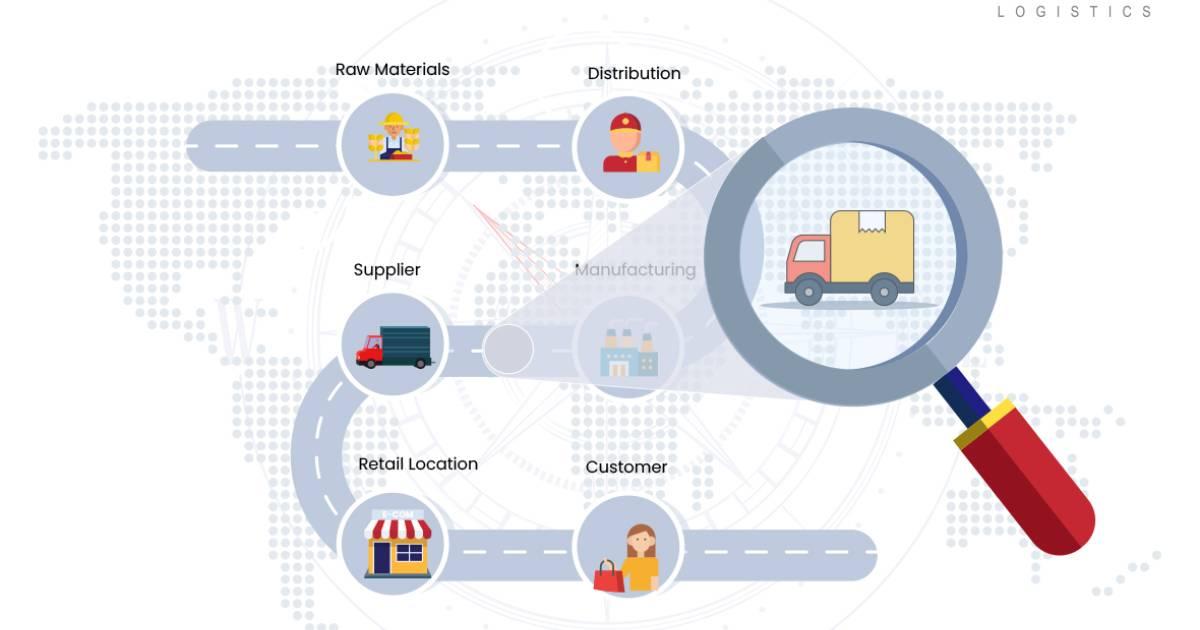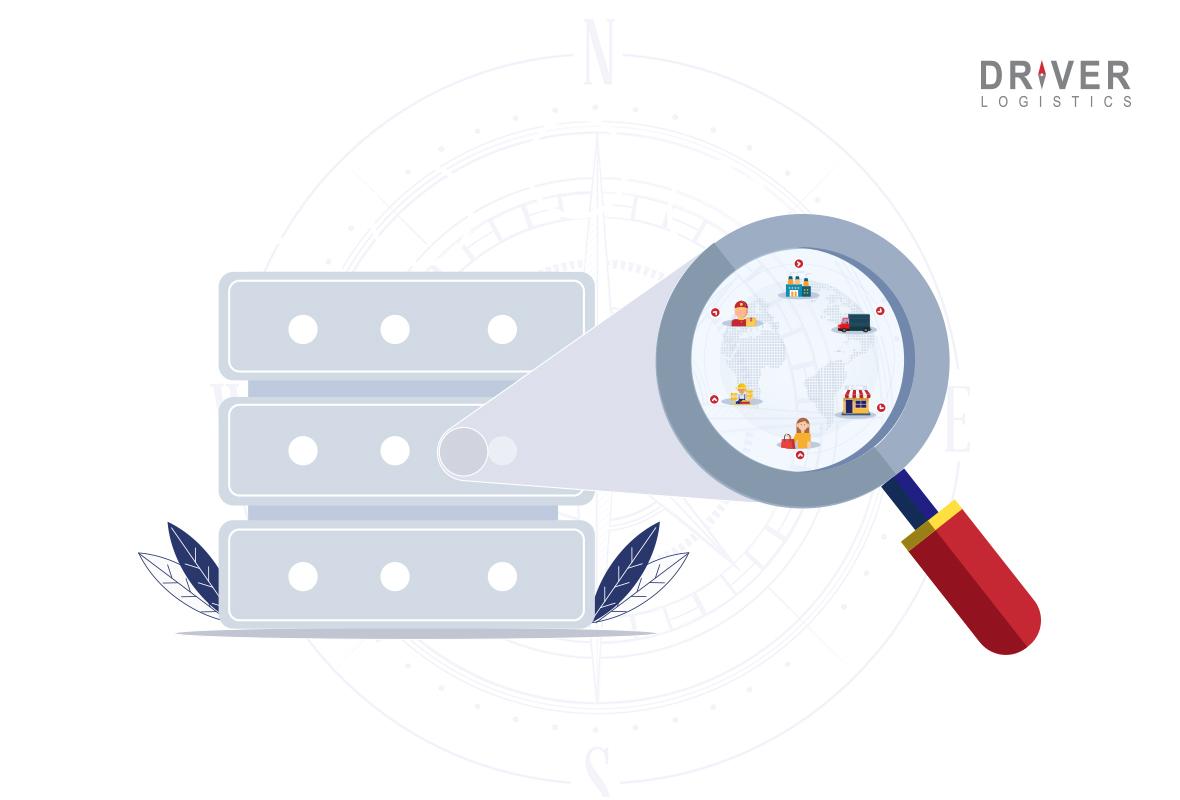
Exploring the Possibilities in Supply Chain Transparency: Defining Structure & Steps for Improvement
Oct 9, 2023
Internal & external communications are crucial in logistics. Customers and government policies now demand more clarity on production, movement, and delivery. Consumers are eager to know how their purchase impacts their life and the community as a whole. Apart from regulations and consumer demands, transparency and focus on the supply chain provide businesses with more control over the market and scope for timely improvement.
The advancement in technology and supply chain policies have brought challenges in logistics along with opportunities. Social media platforms and IoT-managed businesses have high-end responsibility to maintain supply chain efficiency. Transparency is the only key to reducing supply chain risk by boosting performance.
Read More: A Guide to Supply Chain Disruption: Major Types, Factors & Mitigation Strategies
Different Levels in Supply Chain Transparency
Creating a roadmap and prioritizing the events are necessary to bring transparency. Every business operation is culturally and geographically different. Prioritizing the data & the amount of information to be distributed depends on the nature of the business you have invested into. Here are different levels of supply chain transparency that can help you optimize your business for better visibility:

Transparency Through Branding Social Responsibility
Transparency is not a fancy word or adjective to business operations anymore. It is now closely associated with building a sustainable business environment that retains social responsibility. It is a branding formula that helps businesses to share their values and stories with a wider audience by improving total revenue in the long run. Branding also helps to keep your stakeholders satisfied and reduce consumer concerns by taking accountability for your services or products. Representing transparency as a brand attribute helps to intensify authenticity in your activities.
Recommended Reading: Top 6 Inventory Management Strategies to Boost Supply Chain Efficiency
Transparency through Core Operational Segments
Activating transparency in core internal segments is imperative to ensure quality. Channelising data collection and utilizing data for maintaining harmony in operations can be made possible by implementing strategic transparency. Transparency in strategy also focuses on a mutual information distribution system that helps businesses, suppliers, and stakeholders learn and upgrade each other. The collective flow of data helps to drive insights from existing functions and frame new strategies for future developments.
Transparency through Technology & IoT
Cloud-based digital intelligence is key to enhancing the transparency drive. Failure in integrating technology can cause a gap in data transfer and a sudden drop in the trust factor. Hence, utilizing the best technology is necessary to sustain competency in the market. Cloud computing, Big data, artificial intelligence, IoT, and blockchain technology have enabled ease and flexibility in the daily supply chain processes and sustainability initiatives.
Transparency through Governance & Factory Training
On-site logistics management is a crucial segment. It involves everything related to factory setting and governance. When it comes to transparency, we focus on improving visibility in production and core logistics & infrastructural functions. But, we often miss out on maintaining transparency in human rights. The qualitative health of the employees is also as important as the quality of production. Initiating transparency drive in showcasing workers' conditions and workplace environment is crucial to ameliorate fast-paced production. Governing workplace safety and maintaining the same transparency standards in training employees is also vital to boost supply chain operations.
Transparency through Consumer-Centred Information Distribution
As marketers and business groups, you can define your brand, but the approval of your services rests upon the feedback from the consumers. In a nutshell, the customer determines brand value. What you provide to your customers matters always. Understanding consumer rights and passing on information about activities carried out at the different levels of the supply chain is necessary to convince the customers of your worth and quality.
Relevant Reading: How express delivery can benefit your eCommerce business?
Steps to Improve Supply Chain Transparency
Maintaining traceability and visibility is necessary to gain insights from your business for future growth. Here are 5 top-notch steps to boost the supply chain performance:
Step 1: Understand Your Business Nature
Identifying your business goals and possible risks is necessary to strategize transparency. Every business has its own corporate culture and policy, so identifying the unique needs and evaluating the interests of people (stakeholders, workers, customers, etc.) connected with your brand is the primary step to building transparency. Clarity in operations is necessary to decide what to share and what not to.
Step 2: Frame Your Disclosure Policy
Once you have decided on the mode of data collection and business requirements, the next crucial step involved is framing a disclosure policy. The data you share differs based on the people with whom you interact during production and other activities. What you share with your stakeholders and customers may not be the same. So, filtering the data you share to meet people's expectations, ensuring authenticity, and maintaining the security of data should be prioritized before framing the disclosure policy. Publicizing the policy on a website or related platform is also necessary. It helps you build brand awareness while convincing customers of your standards and mode of data collection and transparency before they step in.
Step 3: Incorporate Neoteric Technology
Catching up with upgrades in technology is vital to implement transparency. Neoteric technology and digitization can help you secure your data by providing useful information to stakeholders, suppliers, and customers who interact with you. Finding the best technology according to your requirements, activities, and business size might be a difficult task. In such cases, skilled and modern logistics partners might be able to help you to incorporate digital technology for sustainable data-keeping.

Step 4: Regulate Timely Audit and Inspection
It is not just enough to frame policies and strategies. Mostly, lack of regulation and timely audit impede transparency. A regulatory body is needed to decide, design & update data. Lack of updates and a gap in transparency directly affect your reputation and trust. Regularly monitor how you perform inside the supply chain through timely audits and inspections.
Similar Reading: Integrated Lgistics & Supply Chain Coordination
Collaborate with Influential Partners
A business with a core internal structure and operation may find it difficult to channelize the distribution of the products and data. Supply Chain activities are not linear. It includes various levels & elements. It might be difficult for you to trace shortcomings at each level and improve operational capability, as it can be time-consuming and expensive. A trusted partner with skilled labours and technology can help you speed up procedures and improve operational transparency.
Build Transparency to Gain Trust & Engagement
Ensuring standards and compliance in each level of operation is necessary to bring out genuine and honest services. Integrating transparency in supply chain activities helps companies to regulate operations by delivering quality enhanced services. Transparency is also the key to establishing social responsibility. Higher visibility convinces customers to choose your product and services without any skepticism. All you need to do is hire a workforce that can implement a robust technology-incorporated logistics system in your business. Choosing the right 3PL partner helps you strategize transparency by understanding your business goals and customer demands.